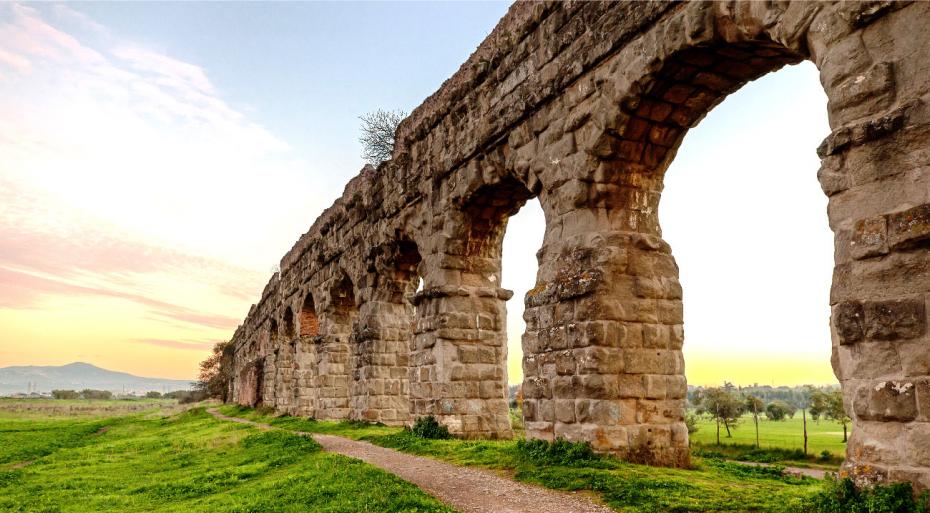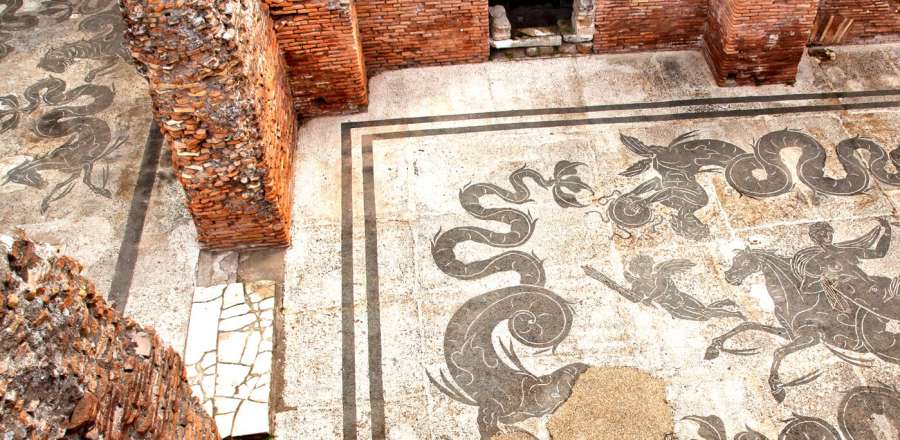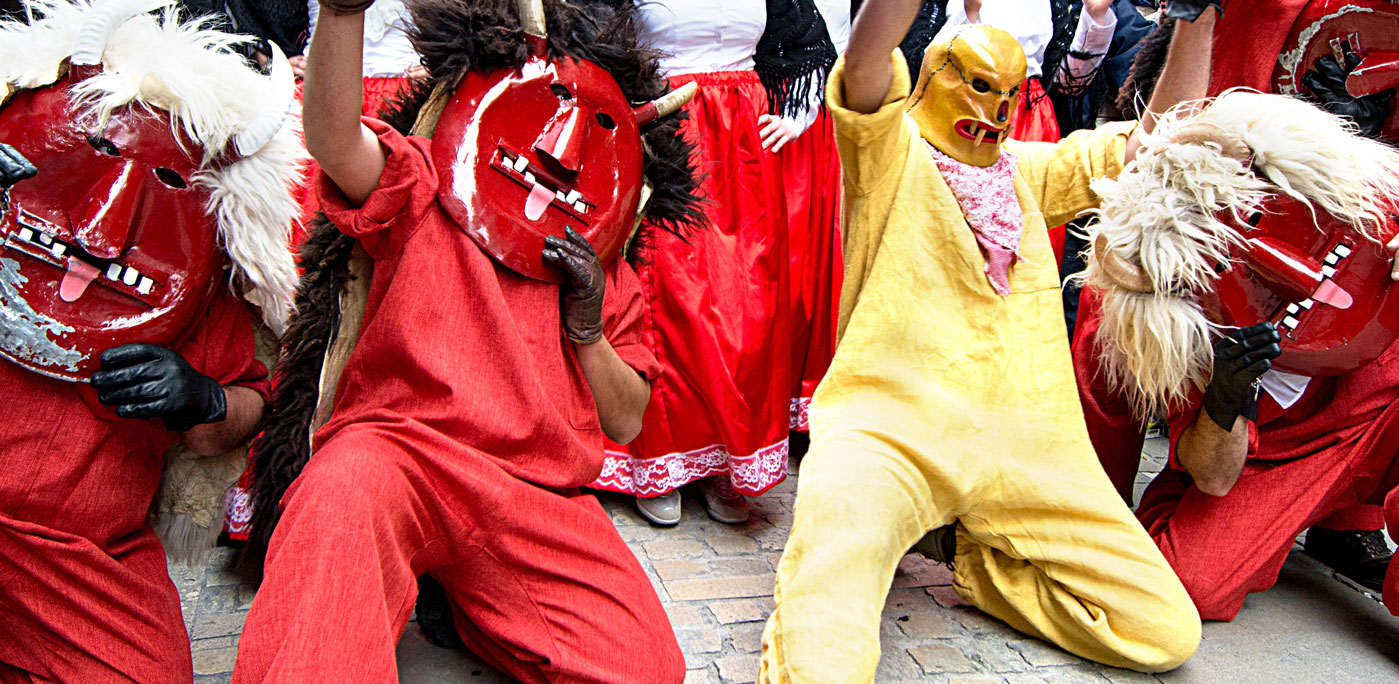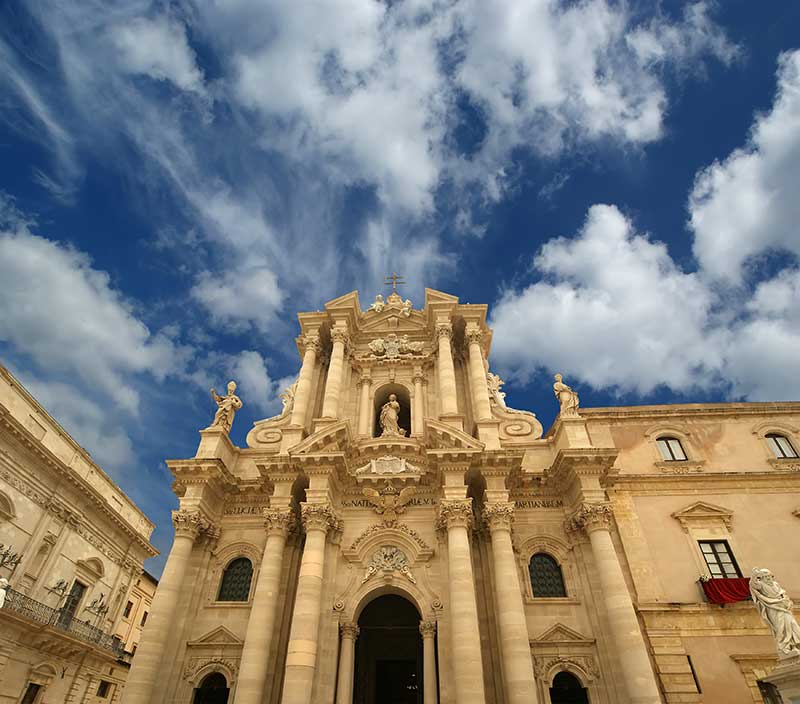Rome’s history dates back nearly 3000 years. And, amazingly, some of its oldest heritage is either still in use like the Pantheon, still standing like the Colosseum or still visible like the Circus Maximus. But Rome is an historic iceberg; more of it lies underground than above. Scratch the surface for Mussolini’s World War II bunkers. Dig deeper and you hit ancient aqueducts and sewers still in use today. And if you burrow far enough, you’ll discover the quarries whose stone built an empire. Lets take a look at underground Rome to explore what made the city so great.
Mussolini’s bunkers
Almost every building project digs through another slice of Rome’s history. In 2010 builders restoring the 15th century Palazzo Venezia uncovered a small wooden hatch. But instead of a portal back to the 1400s, it lead down to a World War II bunker built for Benito Mussolini.
The complex had 9 rooms, 2-meter thick walls and was built to withstand the heaviest bombs. Dubbed his “secret bunker”, it wasn’t his only shelter, however. Il Duce had at least 12 foxholes around the city, including one under Villa Torlonia that’s open to the public. Clearly he wasn’t such a strongman.
2000 years of history at the San Clemente Basilica
To peel back more historic layers head to the 12th century Basilica of San Clemente, near the Colosseum. It’s interior is lovely, but what’s underneath is fascinating. To the left of the altar, through a tiny iron gate, you descend into a 4th century church, one of the first in pagan Rome. This old church is, itself, built on top of a 2nd century pagan temple to the god Mithras. And underneath that is a Roman house, possibly built before Nero’s great fire of 64 AD.
Romans simply filled old buildings with earth to make foundations for the next generation and gradually buried their city. Listen closely and you can still hear an underground river, rushing through an ancient Roman culvert even further beneath the house towards the River Tiber.
Roman aqueducts
The ancient Romans were extremely skilled engineers, draining marshland around the Forum and then installing sophisticated drinking water, public baths and sewage systems; all invaluable with a growing population. At its height, ancient Rome had 9 aqueducts delivering freshwater to 39 fountains, umpteen royal houses, over 592 public basins or baths and 1 million citizens. And staggeringly many of the old aqueducts are still working today!
So if you’ve filled your water bottle from one of the 2500 nasoni drinking fountains dotted around the city, you’ve probably drunk water from the Acqua Vergine aqueduct built in 19 BC. And this and other aqueducts still provide the water for the city’s most iconic fountains including the Trevi Fountain, Piazza Navona’s Fountain of Neptune and La Barcaccia at the bottom of the Spanish Steps! That is impressive!
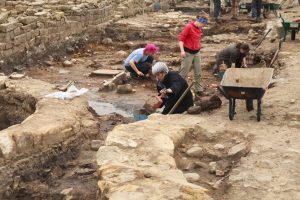
Christian catacombs
But there’s more. Around the same time, a new religion was beginning to take hold. But the Christian faith had different burial beliefs from the pagan Romans. So instead of cremating their loved ones, Christians started to bury them in underground cities of the dead. Today over 40 catacombs, including Jewish burials, have been found in underground Rome giving unparalleled insight into early Christian religious customs. Many are even open to the public for slightly macabre tours, although few still contain bodies!
Roman Barracks
Given Rome’s honeycombed hidden history, new development is often delayed. For example, Metro construction workers recently uncovered the remains of the 2nd century barracks and stables of Emperor Hadrian’s elite bodyguards, the Praetorian Guard. The find is so well preserved and unique that the project’s architects are redesigning the new Amba Aradam stop, near the Colosseum, to incorporate it into a museum-station. It will delay the project, but should make waiting for the train a lot more interesting!
Underground Rome’s old quarry sites
Sometimes nature opens the door to the past. Rome experiences as many as 80 sinkholes a year, revealing hidden ruins and even quarries, some up to 20 meters or 8 stories deep, that were once the source of the stone that built Rome.
The quarries would have teemed with slaves, digging out the volcanic tufa stone that was light but strong. But it was the quarries’ powder-fine pozzalana ash that enabled the Romans to think big.
The ash was used to make concrete for massive monuments and structures such as the spectacular Pantheon. And the concrete was not only extremely durable, it also set under water, enabling bridge building and great expansion. So it was the pozzalana from Rome’s quarries that made it great. Sadly, however, it would take us nearly 1800 years to rediscover this fantastic building technology.
Underground Rome, the key to its success!
So next time you take the metro, fill your bottle or stop in front of the Pantheon, just think what’s going on beneath your feet. The Romans built an empire that conquered large swathes of Europe and countries around the Mediterranean all controlled from Rome. And although most of their legacy is now buried several meters under the eternal city, it still supports and serves the several million citizens and tourists who visit every year. Who knows what else is lurking underground just waiting to be rediscovered?
